In the new quest for advertising customers, we generally understand and agree, that there is a broad change in customer demands, preferences and requirements. What we generally understand less and agree not at all, is how to approach the Customer here is the
Question: Why marketers keep sending pop up and smartphone advertising messages
that only annoy the people that receive them?
Answer: Because they can.
This article is written after long discussions and inputs from Clients of our firm DVK Consultants, both Advertisers and Advertised, that are also close friends for which we are grateful.
Classic advertising is obsolete. Customers hate it.
It is very difficult to understand both from the advertisers and the advertised point of view that advertising now creates customer hostility, open or latent.
The advertisers do not see it because they still make money with classical advertising  and the advertised do not seek to change their modus operandi because, essentially,
and the advertised do not seek to change their modus operandi because, essentially,
they do not wish to change. They only want to follow advertising fashion, which is self-justified because it is the fashion.
A realistic and open examination of advertising modes shows both the changing nature and the flaws of current advertising practices.
The most disappointing abuse is happening in the new means of communication. Facebook and mobile phone are the blaring examples.
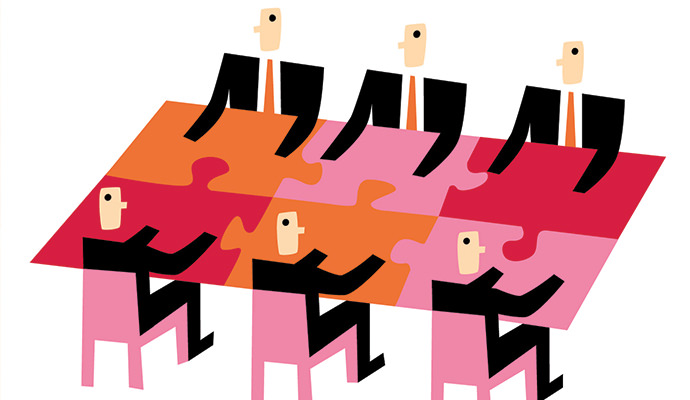 Every second-rate marketing department, spends meetings after meetings to think of a new message to any smartphone number that they have available. What they forget is that the owner of a smartphone uses it to send and receive useful messages. How does the owner feel when he/she is waiting for a certain message and instead he/she receives a message for a happy hour in a sushi bar, followed by a message for a new credit card, followed by a message for a new shoeshine?
Every second-rate marketing department, spends meetings after meetings to think of a new message to any smartphone number that they have available. What they forget is that the owner of a smartphone uses it to send and receive useful messages. How does the owner feel when he/she is waiting for a certain message and instead he/she receives a message for a happy hour in a sushi bar, followed by a message for a new credit card, followed by a message for a new shoeshine?
Data is considered the new Holy Grail. If we are to believe data without intelligent analysis of them, we will believe that the target market for everything is always millennials.
Google, Facebook and the rest are sources of information, not the Bible.
Terminology like custom audiences, moon shots, machine learning and AI must first be deeply understood and then be carefully used.
The Facebook Analytics are only a Tactic. The Strategy is what to analyze in relation to your product. Data is a mean, not an end to it.
As Evan Waters wrote in TNW, TV Channel apps increased in Apple’s App Store from  2,000 to 3,000,000 in the last eight years but viewers numbers did not increase.
2,000 to 3,000,000 in the last eight years but viewers numbers did not increase.
This is mainly because Apps make the same mistakes that TV did, by placing intrusive, badly targeted and poorly placed Ads.
One in four users abandons the App, after just one visit for this reason only.
Your business life is its customers. Unless your customers feel that they need your 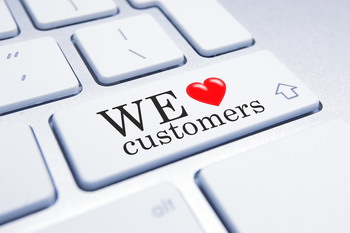 product, you will never sell, no matter how good your product is and how much you advertise it. Therefore, your business will die. The prerequisite for successful advertising is deep research to confirm that the product meets the customer’s perceived needs and/or how it can be improved to be perceived as close as possible to the customer’s demands. Facebook may be one of the tools, but it does not replace thinking.
product, you will never sell, no matter how good your product is and how much you advertise it. Therefore, your business will die. The prerequisite for successful advertising is deep research to confirm that the product meets the customer’s perceived needs and/or how it can be improved to be perceived as close as possible to the customer’s demands. Facebook may be one of the tools, but it does not replace thinking.
Here is an example:
In the second half of the 20th Century, before smartphones etc., the fashion of big bikes started. A manufacturer that was making only 125cc motorbikes redesigned his bike  giving it a big, well designed petrol tank and a seat like the big ones and advertised it in the classic manner with some excellent photos without mentioning its price. The customers were pleasantly surprised when they learned the price and sales soared.
giving it a big, well designed petrol tank and a seat like the big ones and advertised it in the classic manner with some excellent photos without mentioning its price. The customers were pleasantly surprised when they learned the price and sales soared.
We have a number of lessons:
- The first is that the manufacturer understood that there was a much bigger number of bikers desiring a big bike than those that could afford one.
- The second is that, instead of retooling his factory and producing just another big bike at a big price he approached the customer need as near as possible, in a more efficient way.
- The third is that he credited his potential customers with enough intelligence to expect, that if they liked the photo of his bike, which was giving the impression of a big one, they will ask about its price, hopefully at a sales point.
- The fourth is that he did not cheapen his product by mentioning its cheap price. The design worked like bait and the price as hook.
The product was a success because it was a combination of both customer realizable need understanding and an awareness only campaign.
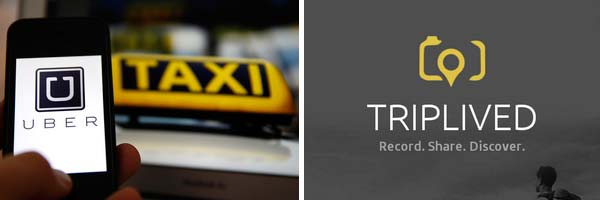 A more modern example is this:
A more modern example is this:
According to an Financial Times article, reliable research concluded that 34% of the people questioned preferred, instead of owning a car, to have a smartphone app to be able to summon a Taxi, UBER, or co-share a trip. This is up 5% from last year. This trend will continuously increase.
It is obvious that the usual car advertisements are going to less seeing eyes and less listening ears.
The new approach for the industry should be to understand, that more and more people do not want to own a car, but to be able to use one when they wish. To approach them successfully, it must be done digitally, through an app.
The conclusion is that the consumer, particularly the Western one, changed dramatically in this decade.
Essentially the consumer is increasingly hostile to ads in the same way that an increasing number of citizens are hostile to traditional politics and politicians. Information diffusion, whether accurate or not, changed the approach to the people.
The extremely strong attachment that people have to their smartphones means that this is a good way to advertise but one must remember that the smartphone user is hostile to anything that pops up and interrupts the owner’s use of the smartphone.
The same of course is valid for tv audiences and most other media. Over 65% say that ads today are annoying or intrusive.
The global picture is given by the Pagefair 2017 advertisement:
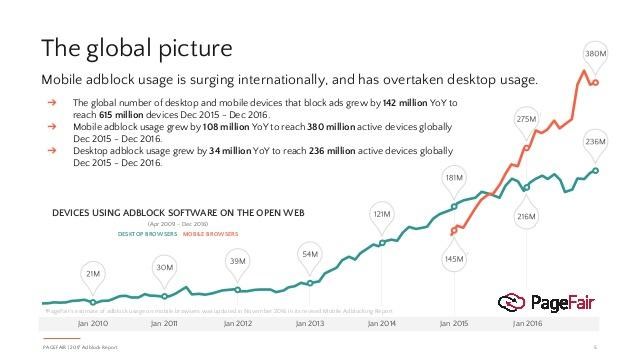 It must be very well understood that Ad-blocking is a still growing issue for the digital advertising industry, but the principal responsible for it is the industry itself. This is at odds for the people’s desire to control the use of their smartphones and have an ad-free surfing on the web.
It must be very well understood that Ad-blocking is a still growing issue for the digital advertising industry, but the principal responsible for it is the industry itself. This is at odds for the people’s desire to control the use of their smartphones and have an ad-free surfing on the web.
Ad-blocking is blamed for costing the advertising industry 22 billion $ in 2015 by 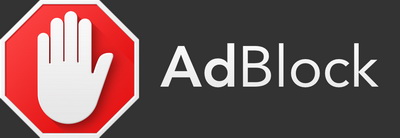 Pagefair which is possibly the most reliable source of assessment in this business.
Pagefair which is possibly the most reliable source of assessment in this business.
This trend will continue growing for as long as ads use has no respect for the customers to which is addressed.
Print is dead. People are leaving Facebook for Instagram and Snapchat. It does not pay very much to advertise there either.
Ad Videos are skipped 60-90 % and increasing.
Customers do not buy products anymore, they buy carefully cultivated legends. Brand is a perception. To shape this elusive perception to the desired form, a lot of work both hard and soft is required.
The radical solution

In one word it is:
Content
As the brilliant advertiser/marketer, Zozef Mezan observed: “Content marketing is the solution”
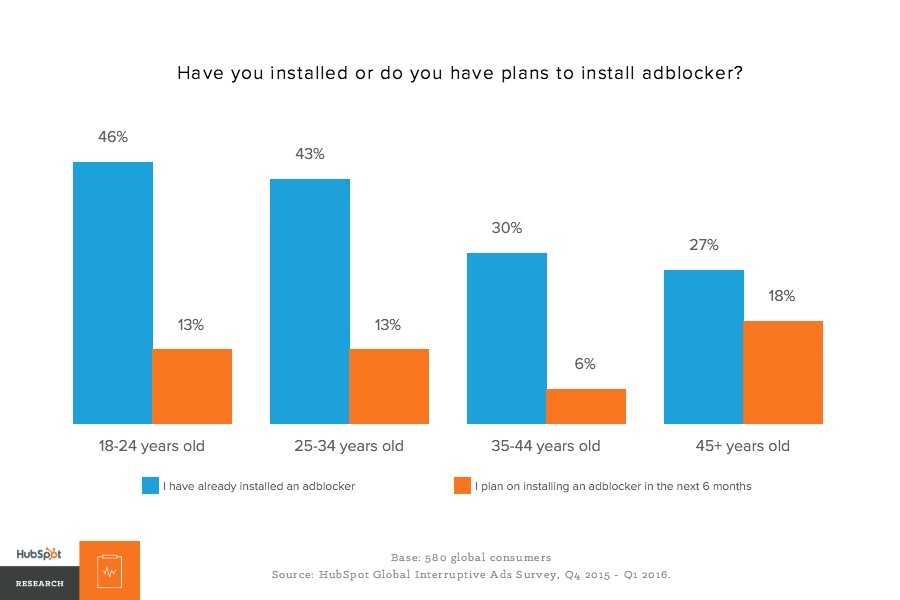 Branded content, by being informative and entertaining, creates the perception to the potential customer of value for time spent on it. It builds again product trust, which has been eroded through hype abuse.
Branded content, by being informative and entertaining, creates the perception to the potential customer of value for time spent on it. It builds again product trust, which has been eroded through hype abuse.
Digitization serves to provide accurate analytic volumes. Facebook and the other social media are great sources of data. These data must be carefully and intelligently processed to provide a knowledge basis for action .
Success then is dependent of the advertiser’s capability to create marketing content, which essentially, is to help build a Story.
A Brand will appeal to more Customers if it is linked with a good story than if the Customers are offered a discount.
If you want to create intent and not just serve it:
BE THE BEST STORYTELLER & YOU SHALL WIN
 The story then has to be transformed into a scenario, which is to have multiple forms and introduction entry points, visual, textual, aural and as sublime as possible.
The story then has to be transformed into a scenario, which is to have multiple forms and introduction entry points, visual, textual, aural and as sublime as possible.
The modern customer needs not only to be understood but also to be entertained.
Advertising must become again a Creative Art. Inspiration is sorely needed.
For that, Artists are needed again, Writers, Painters, Filmmakers and most of all Modern, really creative Directors.

